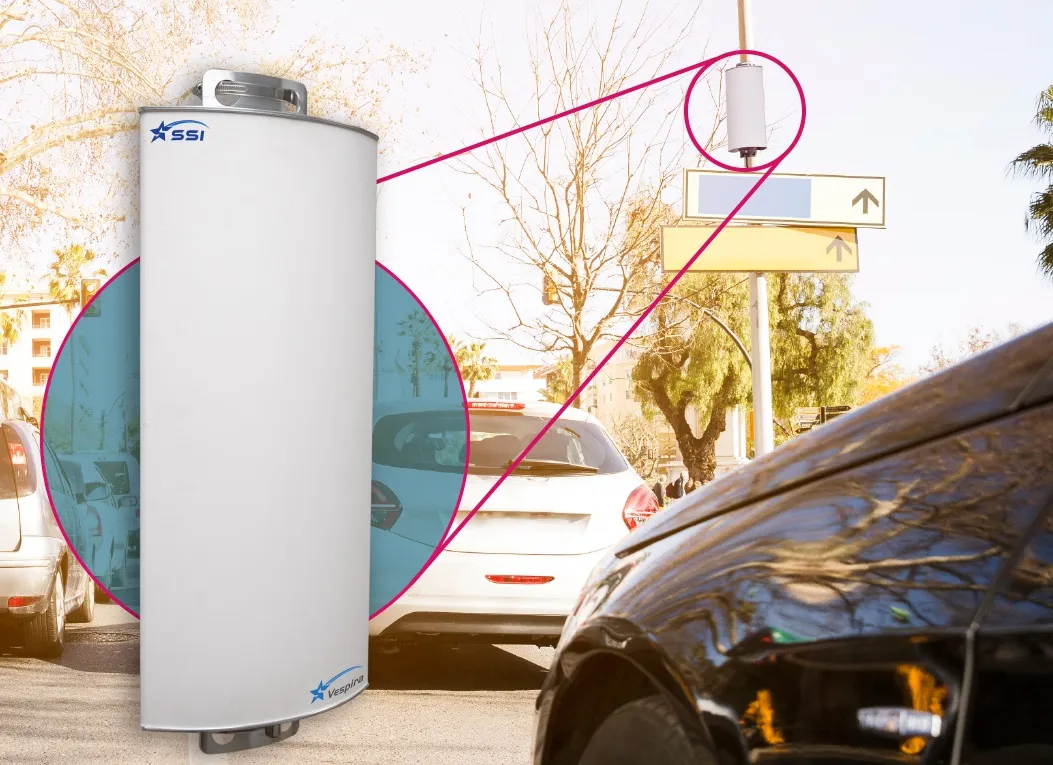
Star Systems International (SSI) has introduced an antenna for Smart City initiatives such as congestion pricing, road usage charging and traffic monitoring using passive radio frequency transponders.
The company says the Vespira Curved Antenna comes with a tunable phased array down-tilt design that provides a controlled and angled radiation pattern.
According to SSI, this feature allows it to be mounted upright and flush to a utility pole, creating a read zone to cover up to two traffic lanes, while blending in naturally with urban environments.
Dr. Alan Mak, head of antenna engineering at SSI, says: “This high gain and wide beam antenna is optimised for applications using passive transponders. The novel curved housing design wraps around most street-side poles very naturally.”
SSI CEO Robert Karr says: “Congestion and road usage pricing are critical applications in the evolvement of Smart Cities. Vespira is the industry’s first kerb-side antenna specifically designed to address the needs of these applications. It is aesthetically pleasing, and it delivers exceptional performance in nearly all urban road layouts and environments.”
Vespira is available in either a linear or circular polarisation for different road layouts and environments.









